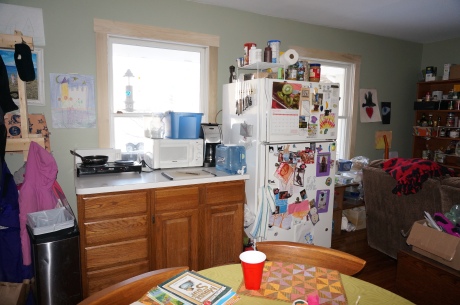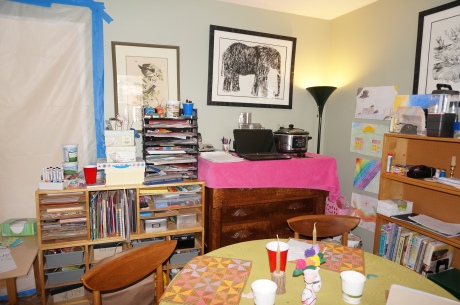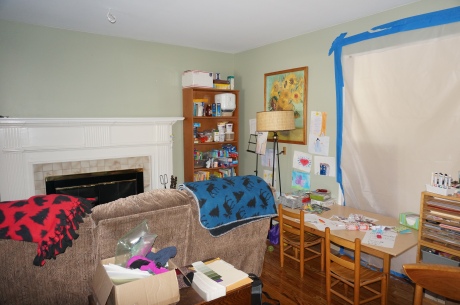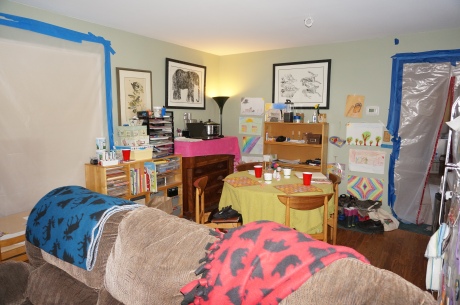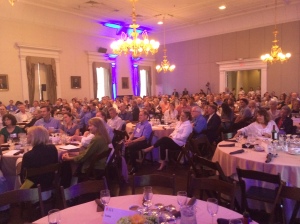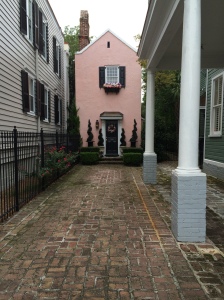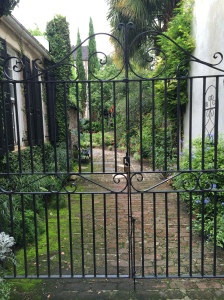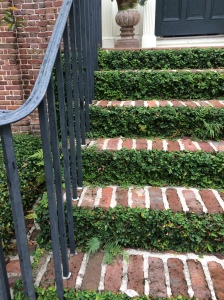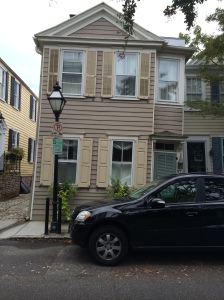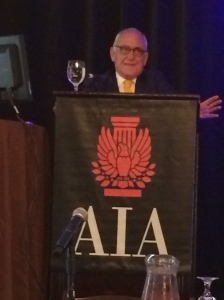Studio Z Architecture (www.studiozarch.com) is an award-winning, nationally-recognized residential architecture firm based in Plymouth, Michigan. We provide architecture and interior design services for homeowners in Southeast Michigan and beyond. We design custom homes, additions, and interior remodeling projects in collaboration with our clients, contractors, landscape architects, engineers, and other professionals to ensure that our clients’ visions and expectations are met. Our goal is to understand our clients’ needs and to produce functional, sustainable, and aesthetically-pleasing designs within the client’s budget and timeframe.
Studio Z offers a flexible schedule, a culture of transparency, generous paid time off, and a lively office environment.
We seek to add a senior member to our architectural team. Ideally, this person would be a licensed architect or someone on the path to licensure with a minimum of 5 years’ experience and a good understanding of residential construction materials and methods. The candidate must have the ability to manage multiple projects, juggle various tasks, and work efficiently and independently with clients, outside consultants, contractors, and internal team members. Knowledge of AutoCAD is a must, and experience with Revit or Chief Architect is desired. The candidate will be involved in all aspects of residential architecture, from initial meetings with potential clients to site visits during construction.
Send resume, salary requirements, and electronic portfolio to todd@charrettevg.com. Submissions without a portfolio will not be considered. No phone calls, please. Please limit submission size to less than 10 MB. The candidate must be legally eligible to work in the United States.

